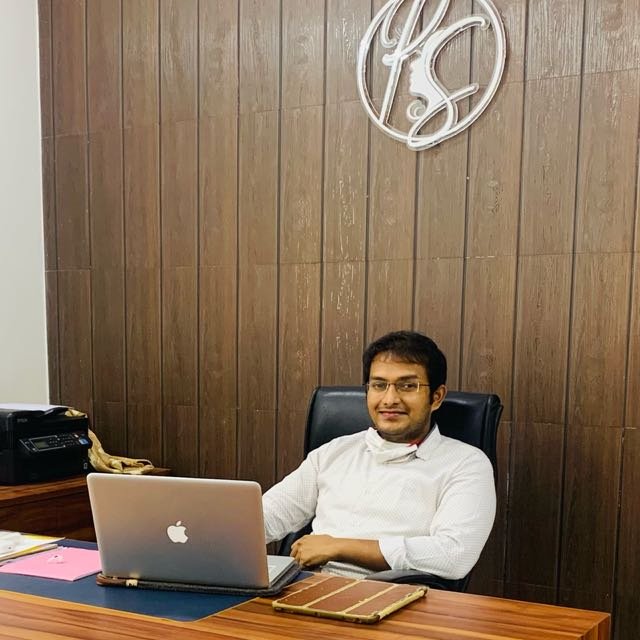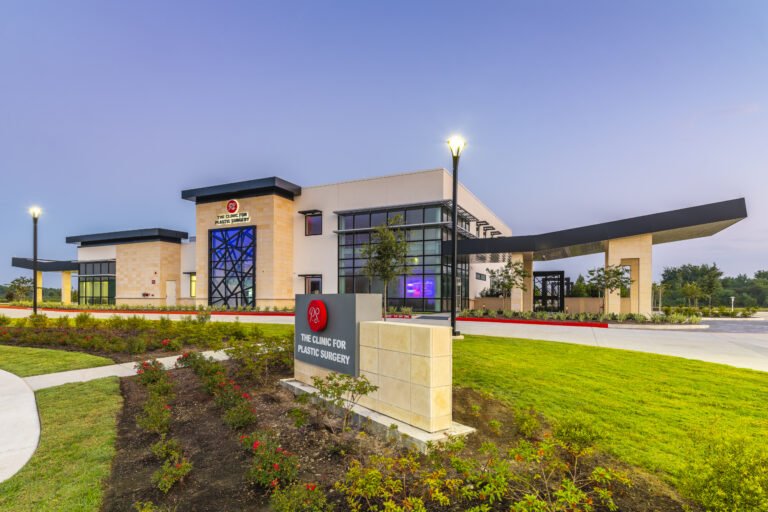South Korea is internationally recognized for pioneering advanced aesthetic procedures—especially the Deep Plane Facelift. Unlike conventional facelifts, this sophisticated technique achieves longer-lasting, more natural-looking results. But Korean clinics take it a step further. Their combination of surgical artistry, anatomical precision, and cutting-edge technology makes facelift outcomes in Korea some of the most refined in the world. Here’s why.
🎯 What Is a Deep Plane Facelift?
A Deep Plane Facelift lifts not just the skin, but also the deeper muscular layer known as the SMAS (Superficial Musculoaponeurotic System). This layer is released and repositioned from beneath key facial retaining ligaments, allowing for:
- Dramatic yet natural-looking rejuvenation
- Volume restoration in the midface
- Elimination of jowls and sagging cheeks
- Minimal skin tension, which reduces scarring and “tight face” look
Unlike traditional SMAS lifts, which pull from above, the deep plane lift repositions tissues in a vertical and anatomical direction, mimicking youthful facial contours.
🇰🇷 Why Korean Clinics Excel at Deep Plane Facelifts
1. 🧠 Anatomical Mastery and Specialization
Korean plastic surgeons often undergo years of specialized training in facial anatomy and microsurgery. Deep plane procedures require in-depth knowledge of:
- Facial nerve pathways
- Ligamentous attachments
- Fat compartments
- Natural skin tension lines
Korean surgeons are globally recognized for their meticulous dissection skills and anatomical precision, which directly impacts how natural and balanced your facelift looks.
2. 🔬 Use of High-Resolution Imaging & Mapping
Many Korean clinics integrate 3D facial scanning, ultrasound, and soft tissue imaging during planning. These technologies allow surgeons to:
- Visualize underlying fat and muscle
- Map facial symmetry
- Customize lifting vectors based on your unique facial aging pattern
💡 Result: Personalized surgery plans that preserve facial character while enhancing youthful structure.
3. ✂️ Micro-Dissection Techniques for Minimal Trauma
Korean surgeons often use microsurgical tools and gentle dissection methods to release ligaments and elevate tissues. These advanced techniques:
- Preserve blood supply
- Reduce bruising and swelling
- Speed up recovery
- Prevent distortion of natural expressions
By working in the deep plane under the SMAS, they avoid stretching the skin, leading to softer, more organic results.
4. 🎨 Aesthetic Philosophy: Youthful but Not “Operated”
In Korea, aesthetic standards prioritize:
- Subtle rejuvenation
- Preserved individuality
- Harmony with facial features
This cultural preference drives Korean surgeons to avoid over-correction. Instead of pulling the skin tight, they focus on:
- Vertical lifting to restore midface volume
- Natural cheek and jawline transitions
- Balanced facial proportions
The result? Patients look younger, not “different.”
5. 🕰️ Longer-Lasting Results Due to Structural Repositioning
Unlike skin-only or SMAS facelifts that rely on superficial tension, the deep plane approach:
- Repositions foundational facial structures
- Reinforces deeper support systems
- Reduces the likelihood of skin sagging recurrence
Korean deep plane facelifts typically last 10–15 years, with slower aging visible due to the internal lift and volume redistribution.
6. 🏥 Technology-Integrated Recovery & Post-Op Care
Top clinics in Korea offer:
- Hyperbaric oxygen therapy to reduce inflammation
- Lymphatic drainage massage to minimize swelling
- Regenerative treatments like exosome serums or PRP to support healing
These innovations accelerate healing and enhance the quality of skin post-facelift—contributing to a more vibrant and natural post-op appearance.
7. 👨⚕️ Surgeon Volume and Experience
Korean facial plastic surgeons perform a high volume of facelifts due to local and international demand. This leads to:
- Steeper learning curves
- Greater refinement of technique
- Consistent improvement in outcomes
Experience matters—especially with deep plane techniques, where even small errors can impact facial function or symmetry.
✈️ Why International Patients Choose Korea
- Affordability: Deep plane facelifts in Korea are often 30–50% less expensive than in the U.S. or Europe—with no compromise in quality.
- All-in-One Packages: Clinics offer medical travel services, English-speaking coordinators, and bundled recovery stays.
- Discrete Healing: Patients can recover in Korea quietly and return home rejuvenated—with no one knowing they’ve had surgery.
📝 Summary: What Makes Deep Plane Facelifts in Korea Stand Out?
| Feature | Korean Clinic Advantage |
|---|---|
| Natural Aesthetics | Emphasis on subtle, individualized outcomes |
| Longer Results | Repositioning deep facial structures, not just skin |
| Expertise | High-volume, highly trained facial surgeons |
| Technology | Imaging, simulation, and regenerative post-care |
| Efficient Recovery | Minimal trauma, advanced post-op therapies |
Final Thoughts
Choosing a Deep Plane Facelift in Korea means entrusting your face to some of the most skilled and detail-oriented surgeons in the world. The combination of anatomical precision, aesthetic refinement, and technology-assisted care ensures that your results are not only long-lasting but also incredibly natural. For those seeking world-class rejuvenation without the telltale signs of surgery, Korea remains one of the top destinations globally.



